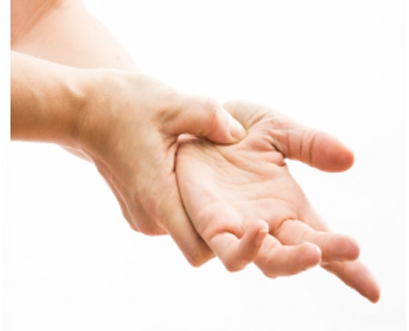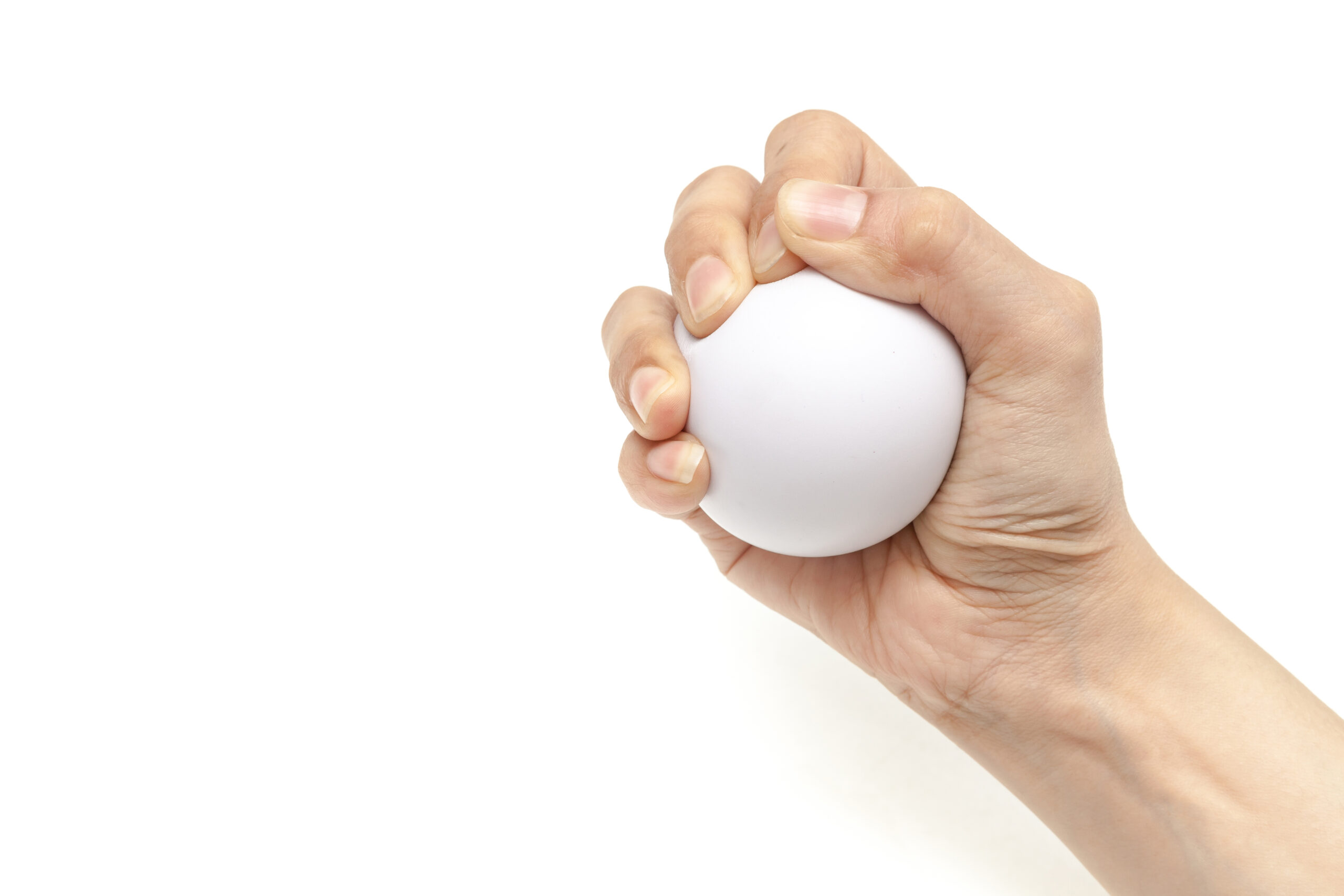Trigger finger surgery costs can widely vary. Dr. Azouz will determine the cost of surgery through a medical history and physical examination. Insurance companies often consider trigger finger surgery medically necessary. Cash pay prices are often available for patients who do not have insurance. Worker’s compensation carriers will generally approve surgery when it is medically necessary and compensable with an at work injury.
Dr. David Azouz has patients from throughout the Dallas,Fort Worth area including Plano South Lake, and other surrounding neighborhoods. Patients also fly not only from all over Texas including Midland, Odessa, Houston, Austin, but also all over the world to be cared for by plastic surgeon Dr. David Azouz.






